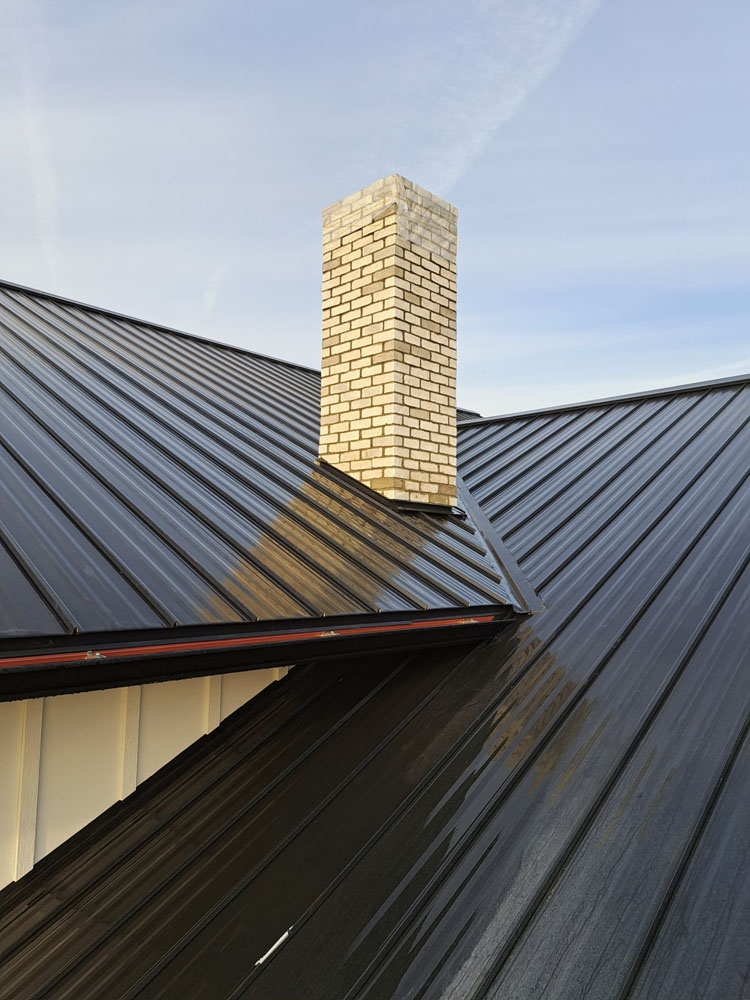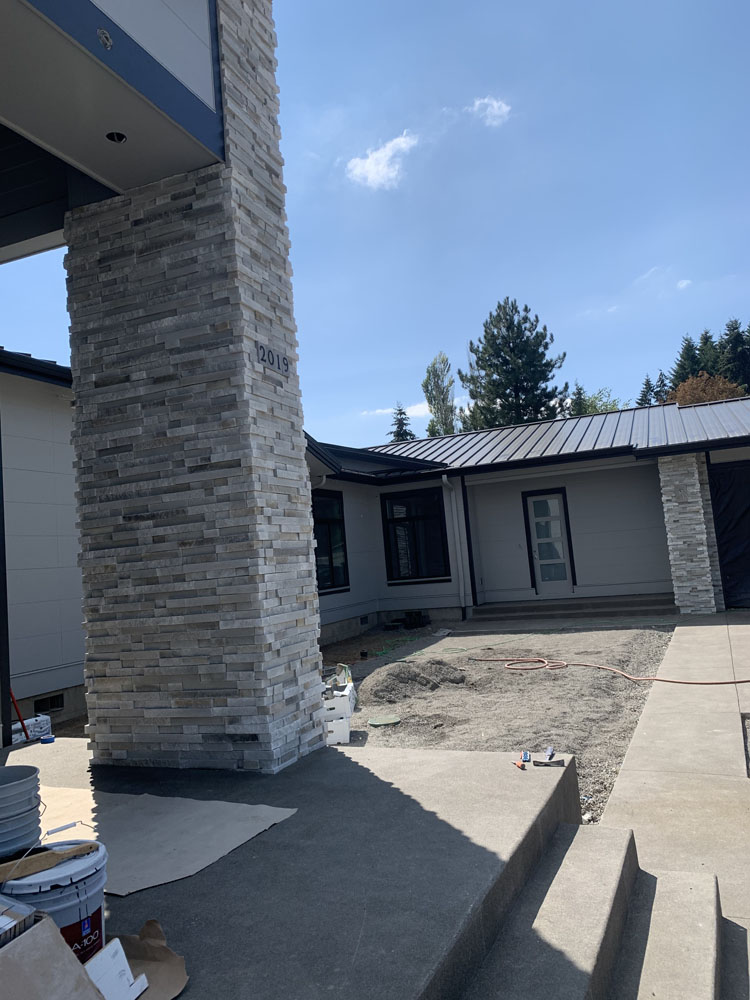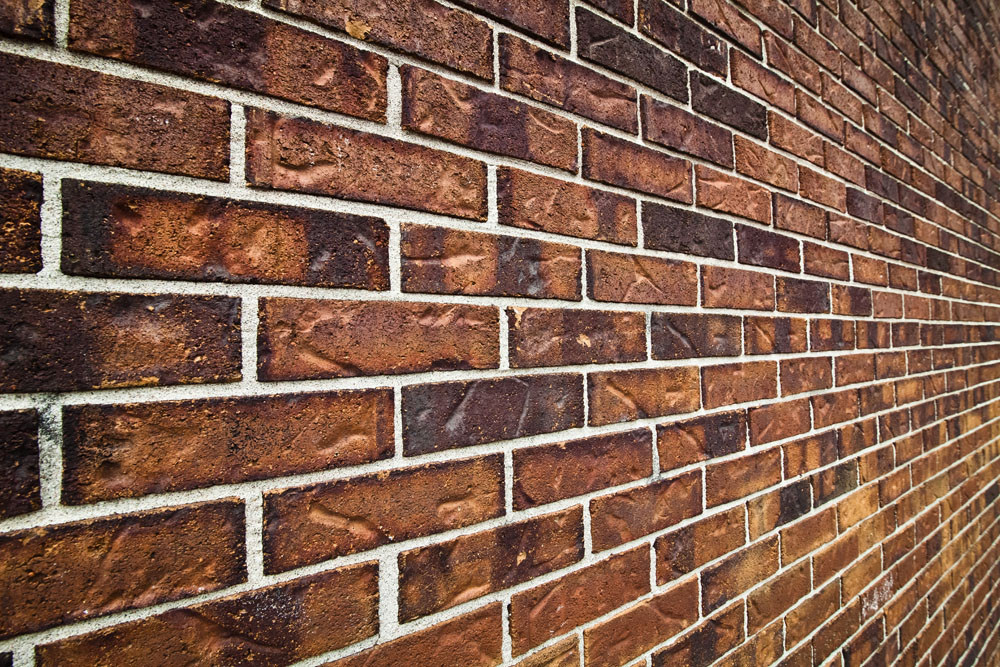Introduction
Masonry walkways have been an integral part of landscaping and architectural design for centuries. From ancient civilizations to modern-day homes, these pathways not only serve a practical purpose but also enhance the aesthetic appeal of gardens, parks, and public spaces. In this article, we will embark on a global journey, exploring different styles of masonry walkways around the world. We'll delve into their historical significance, design variations, materials used, maintenance tips, https://ramosmasonry.com/masonry-contractor-in-tualatin/ and much more. So grab your gardening gloves and get ready to pave your way through the fascinating world of masonry walkways!
Understanding Masonry Walkway
What is a Masonry Walkway?
A masonry walkway is a durable pathway constructed using various materials such as bricks, stones, or concrete. These walkways can be designed in numerous styles to complement architectural elements or natural Ramos Masonry landscapes.
Key Features of Masonry Walkways:
- Durability: They withstand heavy foot traffic and adverse weather conditions. Aesthetic Appeal: Available in various colors and textures to suit any style. Versatility: Suitable for residential gardens, commercial properties, and public parks.
Historical Context of Masonry Walkways
Masonry has ancient roots that trace back thousands of years. The Egyptians built monumental structures using stone; Greeks utilized masonry in their temples; and Romans perfected it in roads and aqueducts. Each culture contributed unique designs that influenced modern masonry techniques.
Why Choose Masonry for Your Walkway?
Choosing masonry for your walkway has several benefits:
- Longevity: With proper installation and maintenance, masonry pathways can last decades. Low Maintenance: Unlike wood or other materials that may rot or warp over time, masonry requires minimal upkeep. Eco-Friendly Options: Many masonry materials are sourced locally and can be recycled or reused.
Exploring Different Styles of Masonry Walkways Around the World
Traditional Cobblestone Walkways
Cobblestone walkways are often synonymous with European charm. These small stones create a rustic look that adds character to any setting.
Characteristics
- Irregular shapes provide a unique appearance. Often set in sand or mortar for stability.
Ideal Locations
Ideal for historic districts or homes with traditional architecture.
Contemporary Paver Pathways
Pavers offer a clean yet stylish alternative to cobblestones. Made from concrete or brick, they come in various shapes and colors.
Design Flexibility
You can create intricate patterns or simple lines depending on your preference.
Benefits
Easy installation allows homeowners to DIY if desired.
Rustic Flagstone Paths
Flagstone is known for its natural beauty and earthy tones. This type of walkway blends seamlessly into gardens and landscapes.
Installation Techniques
Flagstones can be laid flat or at varying heights for added interest.

Popular Uses
Great for patios or backyard gardens where you want a natural look.
Exquisite Mosaic Designs
Mosaic walkways are artistic masterpieces that reflect cultural heritage. These paths often feature colorful tiles arranged into intricate patterns.
Cultural Significance
Commonly found in Mediterranean regions, they tell stories through their designs.
Maintenance Tips
Keep grout clean to maintain vibrant colors over time.
Gravel Paths with Stone Borders
Gravel pathways bordered by stone offer an informal yet appealing option. They’re easy to install and provide excellent drainage.
Practical Considerations
Ensure proper edging to keep gravel contained within borders.
Best Applications
Perfect for garden trails leading through natural landscapes.
Zen Garden Pathways
In Japanese culture, zen gardens emphasize tranquility and simplicity. Walkways made from stepping stones promote mindfulness as you wander through serene settings.
Material Choices
Typically use natural stones like granite or slate for authenticity.
Creating Atmosphere
Incorporate surrounding elements like water features or bonsai trees for soothing ambiance.
Materials Commonly Used in Masonry Walkway Construction
Natural Stone
Natural stone provides timeless beauty but can be costly depending on rarity.

Advantages:
- Durable & weather-resistant. Unique textures enhance visual appeal.
Brick
Brick is a classic choice known for its versatility. It’s available in various colors which allows customization according to personal taste.
Pros:
- Easy installation. Environmentally friendly option as it’s made from clay.
Concrete
Concrete offers durability at an affordable price point but lacks the aesthetic appeal of stones unless enhanced with stamps or dyes.
Benefits:
- Cost-effective & straightforward installation process. Can mimic other materials through decorative techniques.
Designing Your Own Masonry Walkway
Planning Your Layout
Before diving into construction, planning is essential! Sketch out your desired path shape—curved lines often feel more organic than straight ones!
Choosing Color Schemes
Consider how the color palette interacts with surrounding foliage! Darker hues stand out against greenery while lighter shades blend harmoniously.
Incorporating Borders
Adding borders helps define your walkway clearly! Use contrasting materials like stone against gravel—this adds depth!
Maintenance Tips for Masonry Walkways
Cleaning Techniques
Regular cleaning prevents weeds from growing between stones! Use a broom regularly followed by pressure washing as needed!
Sealing Surfaces
Sealants protect surfaces from moisture damage! Apply them every few years based on local climate conditions!
Landscaping Ideas Complementing Your Masonry Walkway
Plant Choices
Select plants that thrive alongside hardscapes! Low-growing varieties like sedums won’t obstruct views while providing lush greenery!
Lighting Solutions
Install solar lights along edges! They illuminate paths safely at night without high electricity costs!
FAQs about Masonry Walkways
What type of masonry is best for high traffic areas?- Concrete pavers tend to hold up well under heavy foot traffic due to their durability compared to softer materials like flagstone.
- Use polymeric sand when installing brick walkways—it hardens when wet creating a barrier against weed growth.
- Yes! Many homeowners choose DIY options especially with pavers since they require less formal skill than pouring concrete.
- With proper care—10+ years isn’t uncommon depending on material quality!
- Absolutely! Look into reclaimed bricks/stones which reduce waste while adding character!
- Gravel paths generally require lower initial investment compared to other materials!
Conclusion
Exploring different styles of masonry walkways around the world reveals not just diverse aesthetics but also rich cultural histories intertwined with functionality—the perfect marriage between form & function! Whether you're drawn towards rustic cobblestones steeped in history or contemporary sleek pavers tailored specifically for modern homes—the options are endless! Investing time into designing one not only enhances outdoor spaces but also creates lasting impressions amongst friends & family alike—so why wait? Get started on crafting your very own beautiful pathway today!

This comprehensive guide aims at providing valuable insights about "Exploring Different Styles of Masonry Walkways Around the World." With attention given both aesthetically pleasing designs catered towards individual needs while ensuring practicality remains intact throughout each stage—from concept development through maintenance—you’ll find yourself well-equipped along this journey ahead!